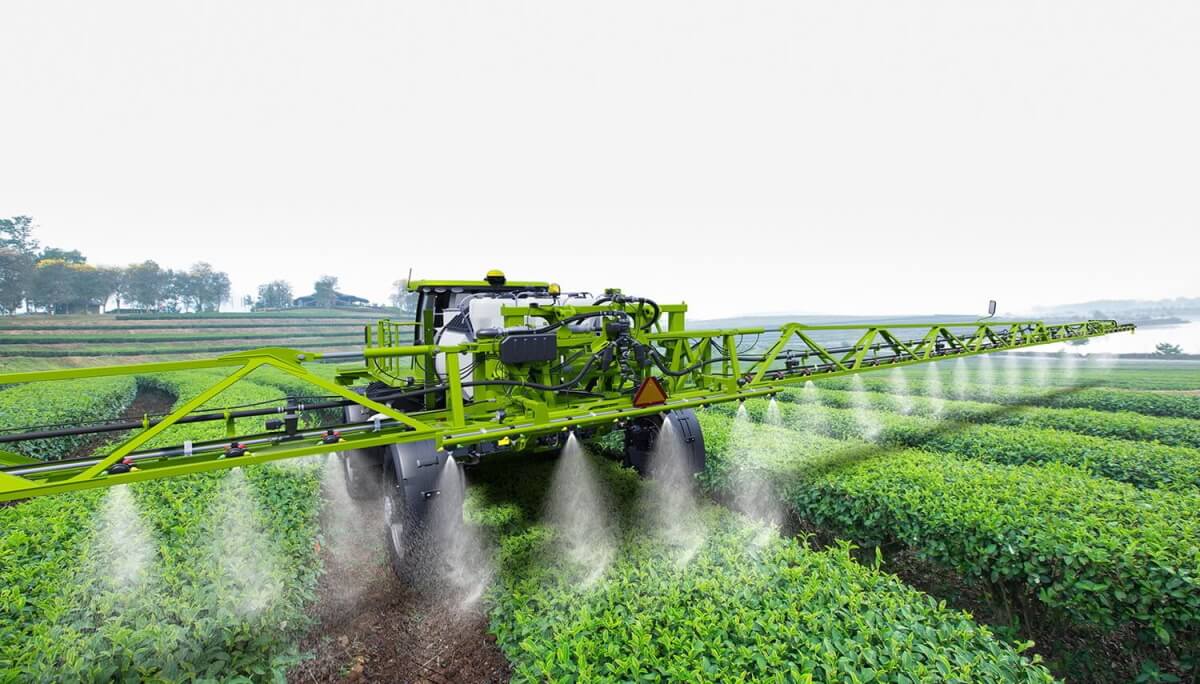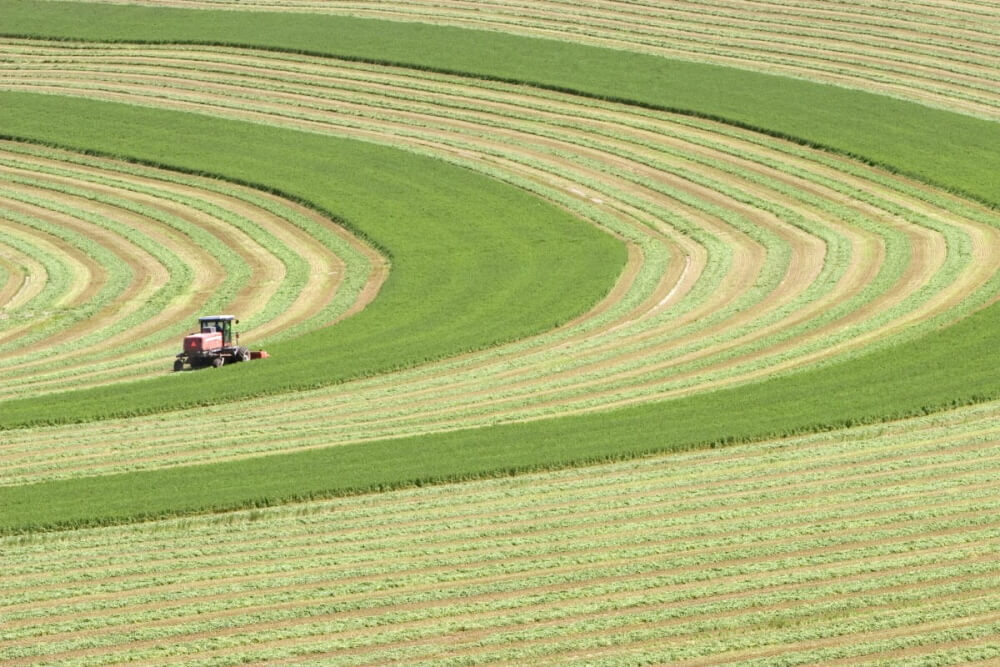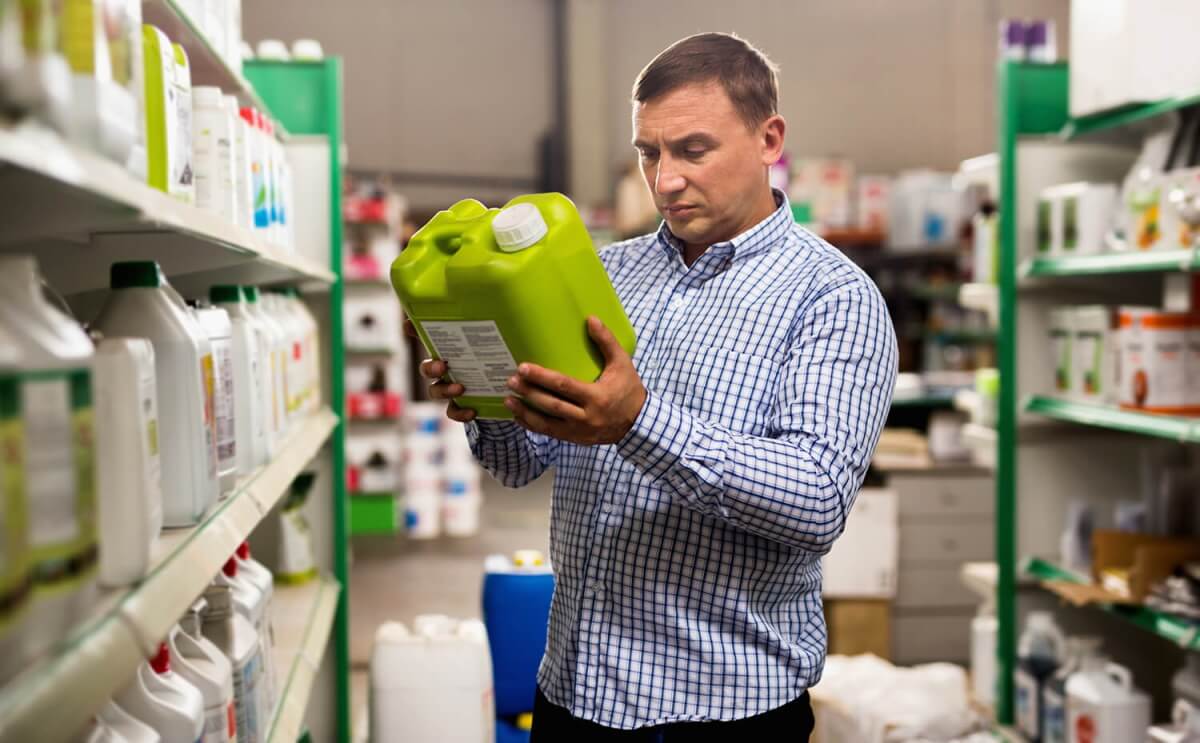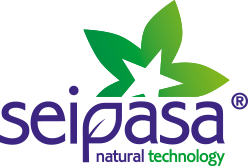The European Fertilizing Products Regulation: what you need to know to understand the new EU 2019/1009 regulatory framework

The new European fertilizing products regulation provides a series of substantial changes for the agricultural industry, especially in the segment of biostimulant products. After the entry in force of the EU 2019/1009 regulation on 16th July, we examine the key factors that explain the reason for its presentation at this precise moment in European agricultural policy.
We review its most salient aspects, the differences between this new regulation and the previous one, or how it coexists with individual national laws. To do this we are going to respond to 7 questions.
1. What are the key points of the new EU 2019/1009 regulation?
In just a few words, the new European fertilizing products regulation could be summed up as regulating new products intended to improve nutritional efficiency and setting down the same rules for all players at European level. The new European fertilizing products regulation provides a broad umbrella that includes all the fertilizers available in the European market in just one regulation. The EU 2019/1009 regulation lays down common standards of quality, safety and labelling requirements for all fertilizing products.
This new regulation comes within the framework of the initiatives of the European Commission to promote the so-called circular economy, and it is aimed at driving forward fertilizer production. This is why, according to Seipasa's Regulatory Department technician, José Asensi, it includes secondary raw materials, bio-waste, by-products and digestates produced in the EU. The aim of all of this is to "encourage European self-sufficiency within a sustainable agriculture scenario, contributing to the development of the circular economy inside the EU", Mr Asensi adds.
2. What are the main differences between this regulation and its predecessor, the EU 2003/2003?
While the former EU 2003/2003 regulation laid down the rules for inorganic fertilizers and liming amendments only, the new EU 2019/1009 regulation establishes up to seven Product Function Categories (PFCs), that are defined based on the functions attributed to a specific product.
 These PFCs cover: PFC 1, fertilizers (including inorganic, organic and organo-mineral fertilizers); PFC 2, liming materials; PFC 3 soil improver; PFC 3 growing medium; PFC 5 inhibitor; PFC 6 plant biostimulant; PFC 7 fertilizing product blend.
These PFCs cover: PFC 1, fertilizers (including inorganic, organic and organo-mineral fertilizers); PFC 2, liming materials; PFC 3 soil improver; PFC 3 growing medium; PFC 5 inhibitor; PFC 6 plant biostimulant; PFC 7 fertilizing product blend.
As José Asensi goes on to explain, "the new EU 2019/1009 regulation includes and regulates other categories of fertilizers with functions that go beyond the mere supply of nutrients to the soil or plant. For the first time the concept of plant biostimulants or the novel concept of fertilizing blends that can include a fertilizer with different functions in just one product, is now regulated."
3. Why has Europe adopted this legislation at this particular moment?
The timing of the new European fertilizing product regulation is by no means irrelevant. Bearing in mind the current scenario in the European Union, its actions are guided by the objectives of reducing the use of synthetic chemical fertilizers (20%) and phytosanitary products (50%) in the short term, as established in the "Farm to Fork" strategy.
"The path towards the increasingly technical and efficient agriculture of the future requires regulations at European level that can provide the necessary framework to be able to equip European farmers with new tools", Mr Asensi states, also mentioning the importance of "harnessing another series of raw materials, to encourage the circular economy and reduce member countries' dependency on third-country raw materials".
The new EU 2019/1009 regulation lays the necessary foundations to achieve the objective pursued by Europe, which is much more technical, efficient and sustainable agriculture. This means that if we want an agricultural industry with less synthetic fertilizers and chemicals we need to promote treatments capable of improving crop efficiency or the availability of the nutrients already in the soil and this is the goal of this legislation on the use of biostimulants.
Biostimulants are, albeit with certain nuances that are mentioned below, the major commitment of this new regulatory framework within the new scale of inputs that will govern activities and movements in the sector in the coming years. Not surprisingly, the forecasts point to the biostimulant market segment experiencing an annual growth rate of over 12% between 2021 and 2027 according to a market survey by the consultancy firm Dunham Trimmer.
4. What developments does the new regulation introduce in regard to the use of biostimulants?
This is one of the key points and, without doubt, one of the determining issues for the agricultural industry. As previously mentioned, biostimulants are classed as PFC 6. The first novelty is that the new EU 2019/1009 regulation includes, regulates and defines plant biostimulant products. This is important because the previous regulation did not include biostimulants and they were only covered in certain individual national laws.
The second new development is the definition of the term biostimulant in the regulation, which is linked to the use and characteristics of these products. The text indicates that a biostimulant "is an EU fertilizing product whose function is to stimulate plant nutrition processes independently of the product’s nutrient content with the sole aim of improving one or more of the following characteristics of the plant or the plant rhizosphere: nutrient use efficiency, tolerance to abiotic stress, quality traits, or availability of confined nutrients in the soil or rhizosphere".
5. What changes does this imply for companies that produce and sell biostimulants?
The new European fertilizing products regulation is a tool to bring added value both to the companies producing and developing biostimulants and to the products themselves. In this new scenario, biostimulants have to undergo a prior assessment process and obtain the conformity of accredited entities in this regard.
This means, for example, that manufacturing companies have to carry out efficacy trials in advance to prove the statistically significant effect of their biostimulant product. In other words, manufacturers can only state the benefits of their product on the label after having proven these in field trials on tested crops.
 In the opinion of José Asensi, the advantage of having products on the market whose agricultural worth has been pre-tested and proven, "will offer companies and their products added value, and make a great difference in the agricultural sector which is currently increasingly technical and advancing in leaps and bounds."
In the opinion of José Asensi, the advantage of having products on the market whose agricultural worth has been pre-tested and proven, "will offer companies and their products added value, and make a great difference in the agricultural sector which is currently increasingly technical and advancing in leaps and bounds."
The new EU 2019/1009 regulation establishes the same rules of play for all the manufacturers in the European Union. "The regulation establishes an exhaustive, standardised control that verifies and accredits, by means of third-party audits, the biostimulant action declared on the label. And Mr Asensi goes on to say that "the manufacturer must endorse it by means of specific documentation and efficacy tests that are required to approve the launch of the product on the market.”
6. Why is the use of microorganism-based biostimulants so restrictive in the new regulation?
The new European regulatory framework for fertilizers differentiates between microbial biostimulants (PFC 6, A) and non-microbial biostimulants (PFC 6, B). Within the first sub-category, the European regulation only allows the use of four microorganisms for the formulation of biostimulants: Azotobacter spp, mycorrhizal fungi, Rhizobium spp, Azospirillum spp.
This list leaves out a large portion of microorganisms that companies are already using to develop biostimulants. This proves to be one of the weaknesses of the new regulation, once again showing that laws are two steps behind the pace of innovation and development set by companies. However, this list is expected to be extended based on the work carried out by specific groups taking part at European level.
7. Will the new EU 2019/1009 regulation coexist with the rest of the national laws in this field?
The answer is yes, since manufacturers can choose to develop and market their products according to the laws of their country, if these exist, or according to the European regulations. The harmonisation proposed by the new UE regulation is therefore optional.
The reality of the situation is that most European countries already have national laws in place for fertilizers. In the case of Spain, fertilizers with a biostimulant action are already included in group 4 (other fertilizers and special products) of Royal Decree 506/2013. In 2017, Royal Decree 999/2017 included special products based on microorganisms, stipulating the requirement to present extensive documentation backed by an independent entity, certifying the efficacy, traits and safety of microorganism-based products.

